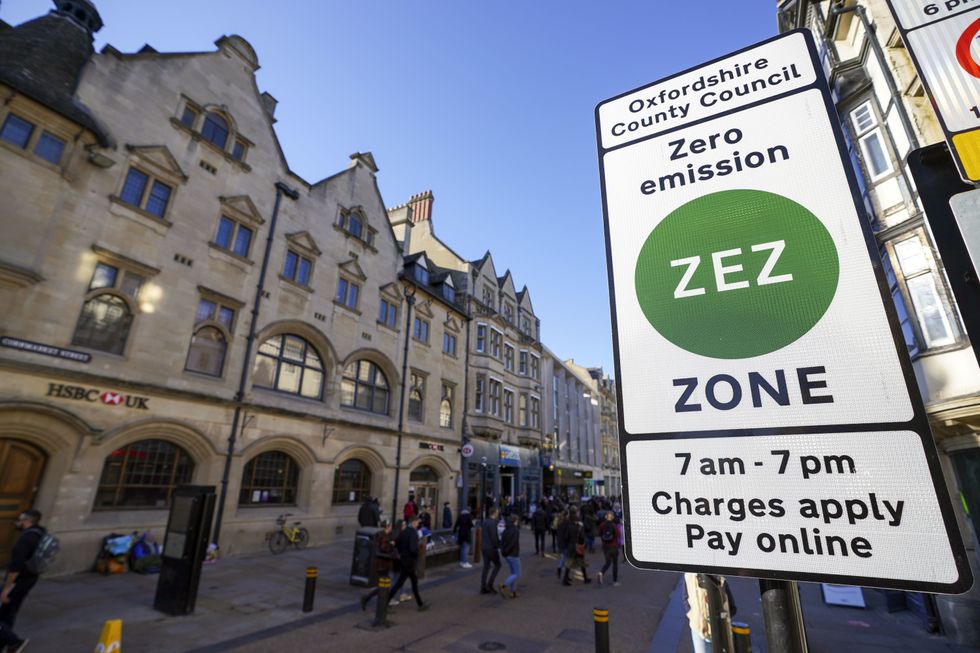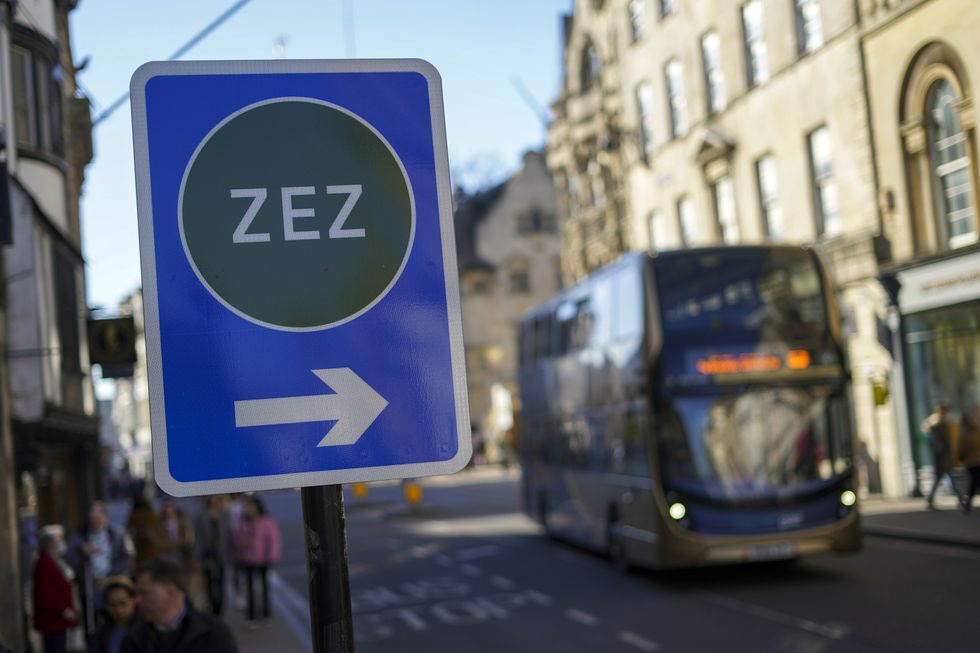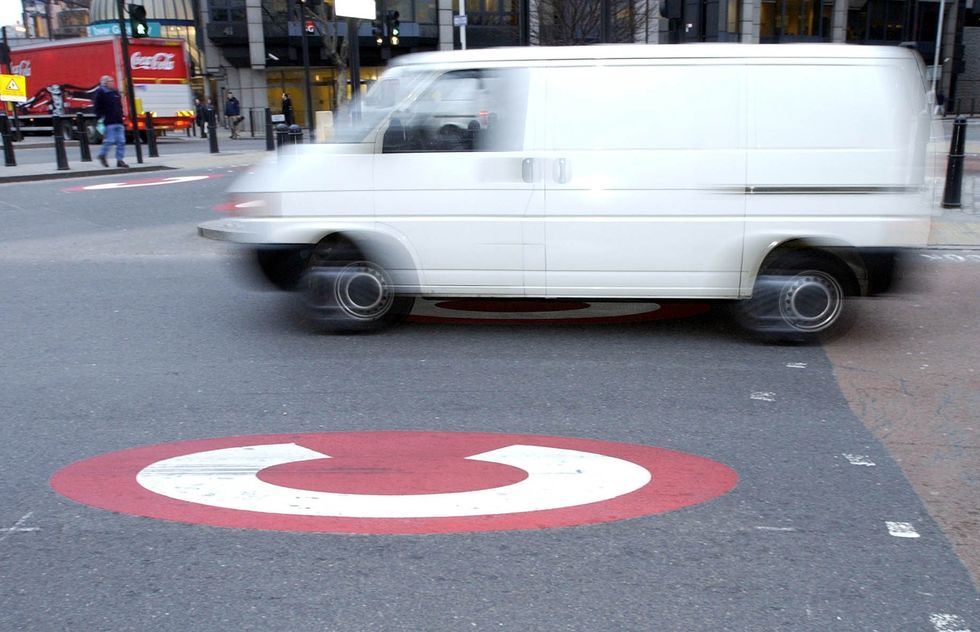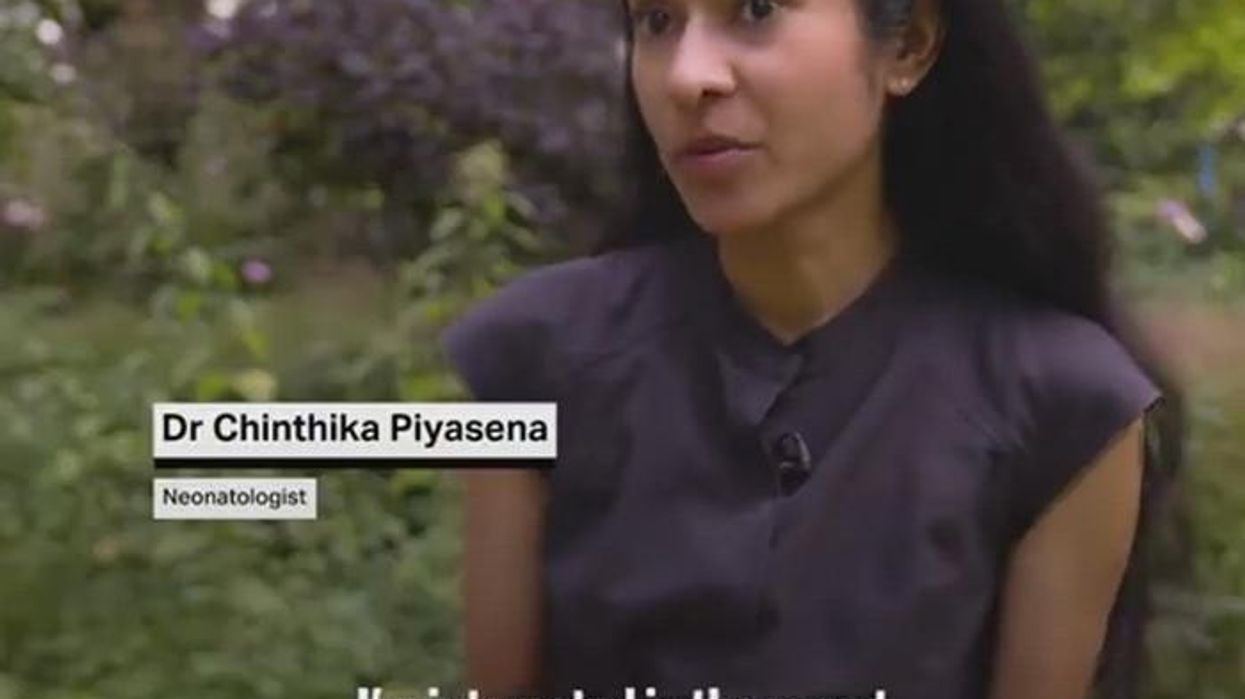Car-free zones in major city see air pollution levels drop prompting support for new road charges

Oxford could soon see new congestion charges introduced to tackle pollution caused by vehicles
Don't Miss
Most Read
A major city saw air pollution levels drop by 10 per cent last year, sparking calls for a new congestion charge for cars to keep up the progress.
Oxford City Council recorded lower levels of pollution within its region and found nitrogen dioxide levels had decreased by 38 per cent compared to pre-pandemic figures from 2019.
The improvements have now encouraged Oxford County Council to push ahead with its congestion charge plans.
Under the proposals, the scheme would operate from Autumn, with charging points at Hythe Bridge Street, St Cross Road, St Clement's Street, Thames Street, Marston Ferry Road and Hollow Way and would apply seven days a week from 7am to 7pm.
Do you have a story you'd like to share? Get in touch by emailing motoring@gbnews.uk

Oxford operates a Zero Emission Zone in the centre of the city, which has helped reduce pollution levels
| PAAccording to new research, areas with high bus traffic saw the most dramatic improvements, with High Street and St Aldate's experiencing reductions of up to 24 per cent, which the council attributed to the introduction of 159 electric buses in January 2024.
The electric buses now cover 69 per cent of Oxford's total bus mileage, contributing to what the council's modelling suggests is a 28 per cent reduction in bus-related nitrogen oxide emissions since the previous study.
St Clement's, historically Oxford's most polluted street, recorded notable reductions of between three and five micrograms per cubic metre in 2024.
Meanwhile, the Zero Emission Zone pilot area, launched in February 2022, maintained levels well below both the UK's legal limit of 40 micrograms per cubic metre.

The Zero Emission Zone has contributed to lower levels of air pollution in the city
| PACity Councillor Anna Railton said: "It is great news that air pollution levels are continuing to fall across all areas of the city, that Oxford is legally compliant in all locations of public exposure, and that we are close to reaching our localised air pollution target.
"However, it is important to remember that there is ultimately no safe level of air pollution - it always causes us harm."
She explained that the data helps keep Oxford informed with the progress air pollution measures have had, such as the emission-free zones.
"Our upcoming Air Quality Action Plan will look at what measures we can take over the next few years to further improve air quality for everyone in our city," she added.
LATEST DEVELOPMENTS:
The proposed congestion charge scheme aims to reduce traffic during Network Rail's extended closure of Botley Road, with the charge ending once the road reopens and traffic filters can be implemented.
The Oxfordshire County Council's consultation document states the £5 daily charge would allow cars without permits to pass through the six charge locations until the end of the day, enforced by Automatic Number Plate Recognition cameras.
The temporary scheme would remain in place for no longer than two years, with revenue from the congestion charge allocated to cover operational costs.
Any surplus funds would also be directed towards discounted park-and-ride services and improved bus routes, according to the consultation document.

Oxford hopes the congestion charge will limit the number of cars in the city centre
| PAThe county council noted that permits would be available free of charge for community health and care workers, carers, blue badge holders and mobile traders, valid for 12 months.
A new central permit area would be created for residents who have no alternative but to pass through the charge locations.
Residents in the wider Oxford permit area would receive 100 day passes annually, while those in the Oxfordshire permit area would get 25-day passes, allowing free travel through all six locations on chosen days.
The public consultation on the congestion charge will run until August 3, with drivers urged to share their feedback on the measures.











